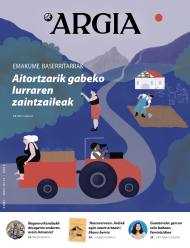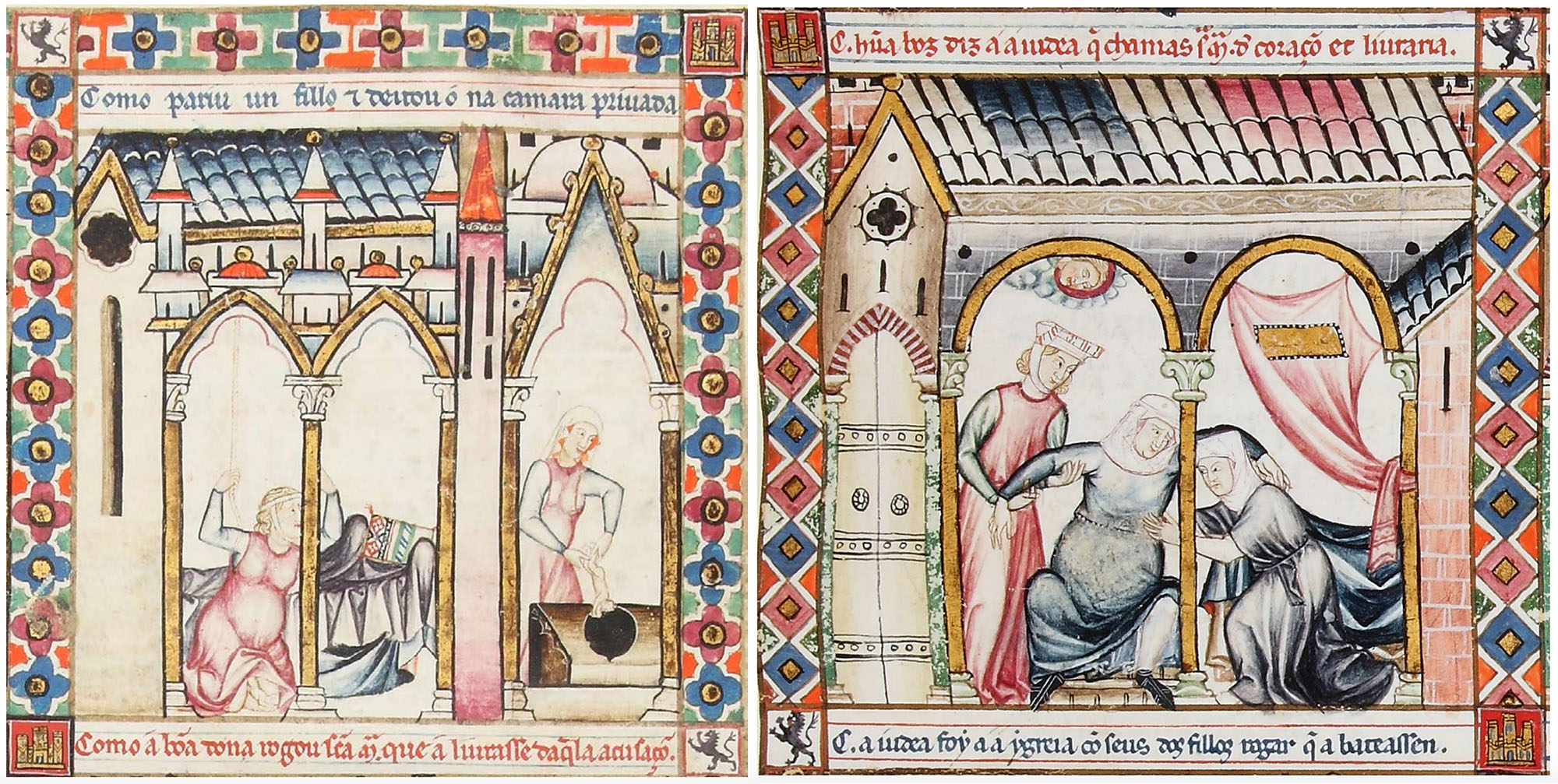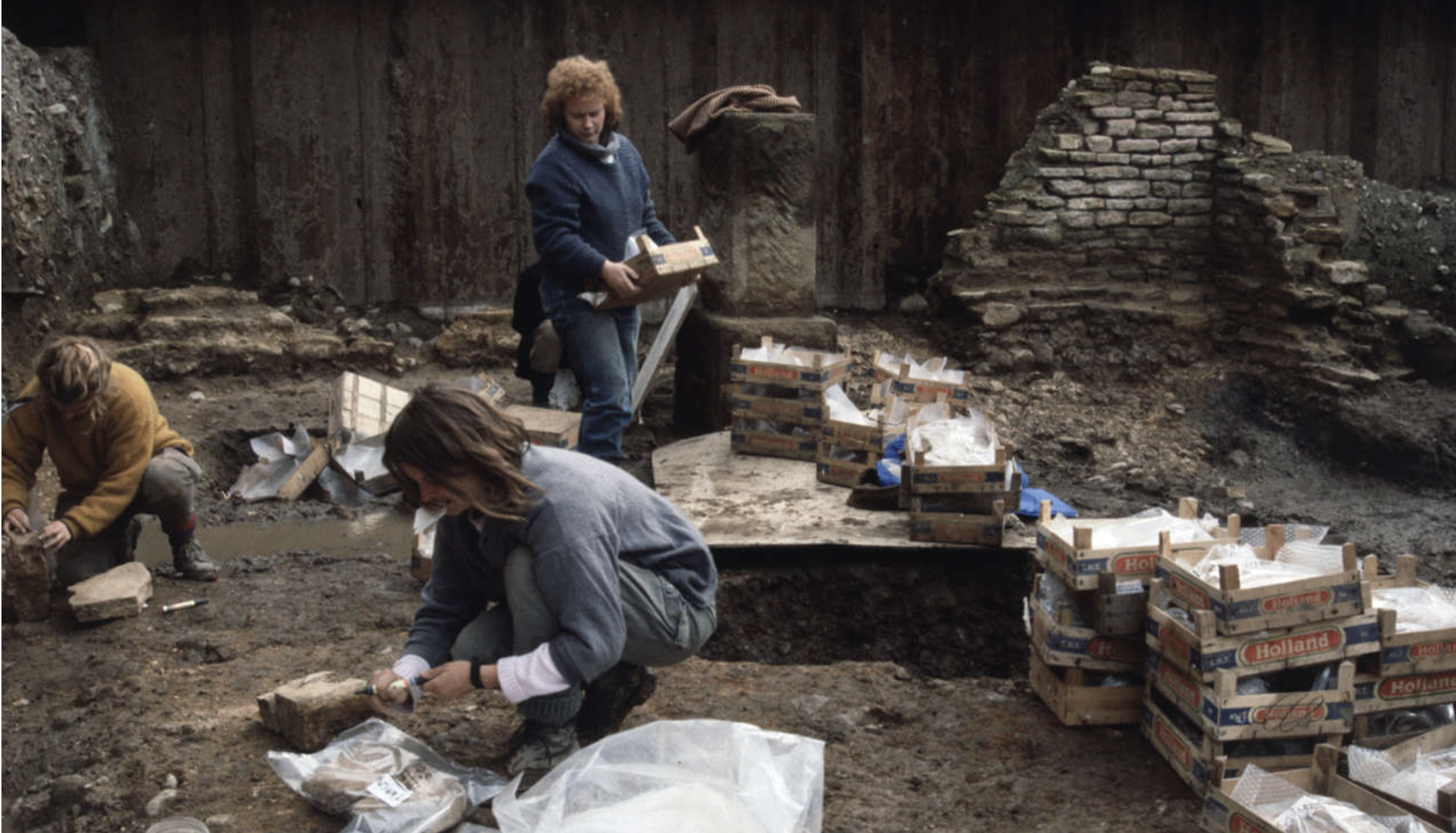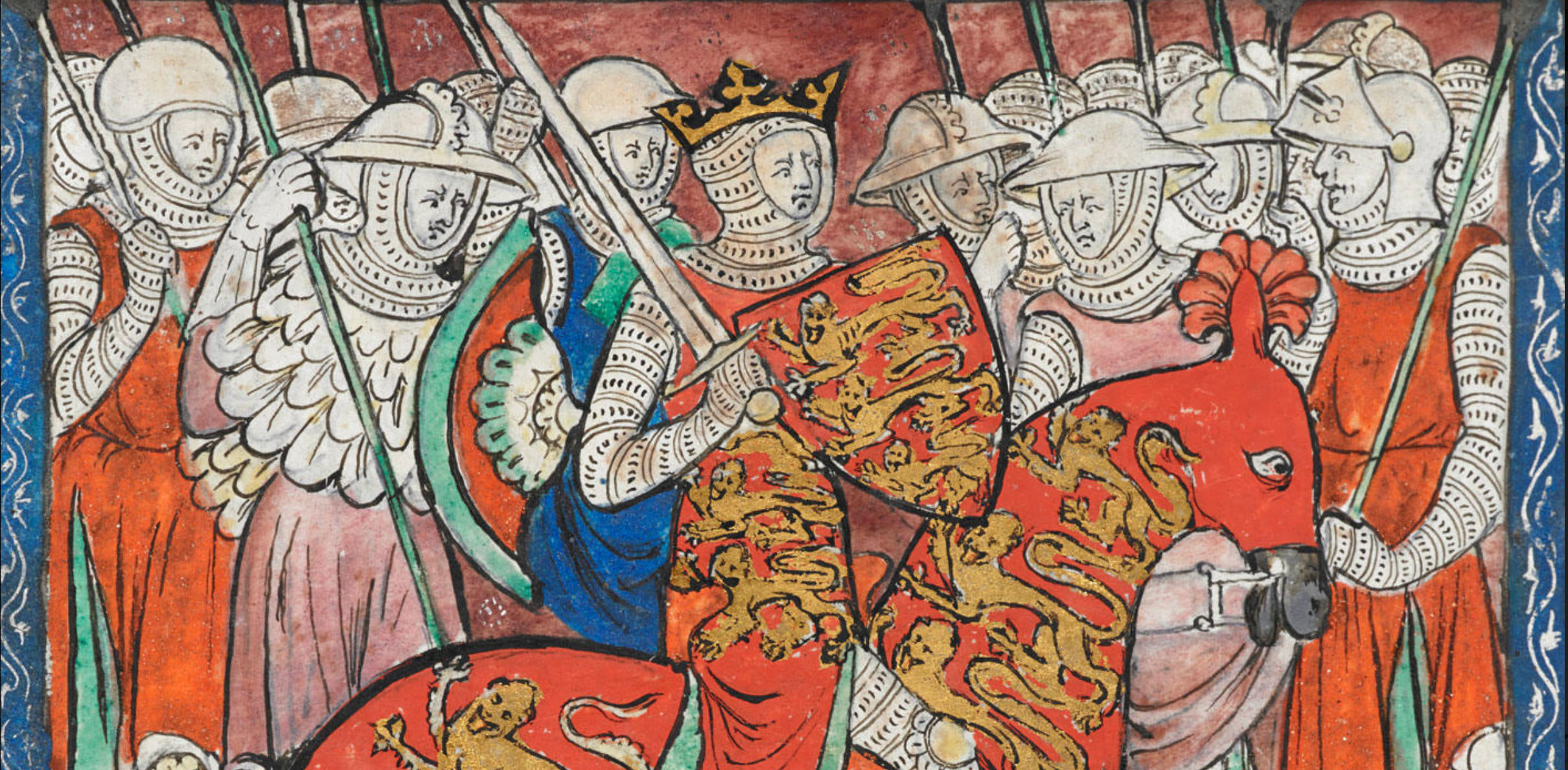Engineering without neolithic hierarchy
- China, about 4,000 years ago. The inhabitants of the walled village of Pingliangtai built a network of ceramic pipes and drainage ditches. At the end of the Holocene, environmental crises in the monsoon area of East Asia were becoming increasingly frequent and serious, and Pingliangtain launched an unprecedented piping system. Recently, a researcher from the University of Beijing has researched the site with the help of researchers from Hohai University, Fudan and London, and published the result in the journal Nature.
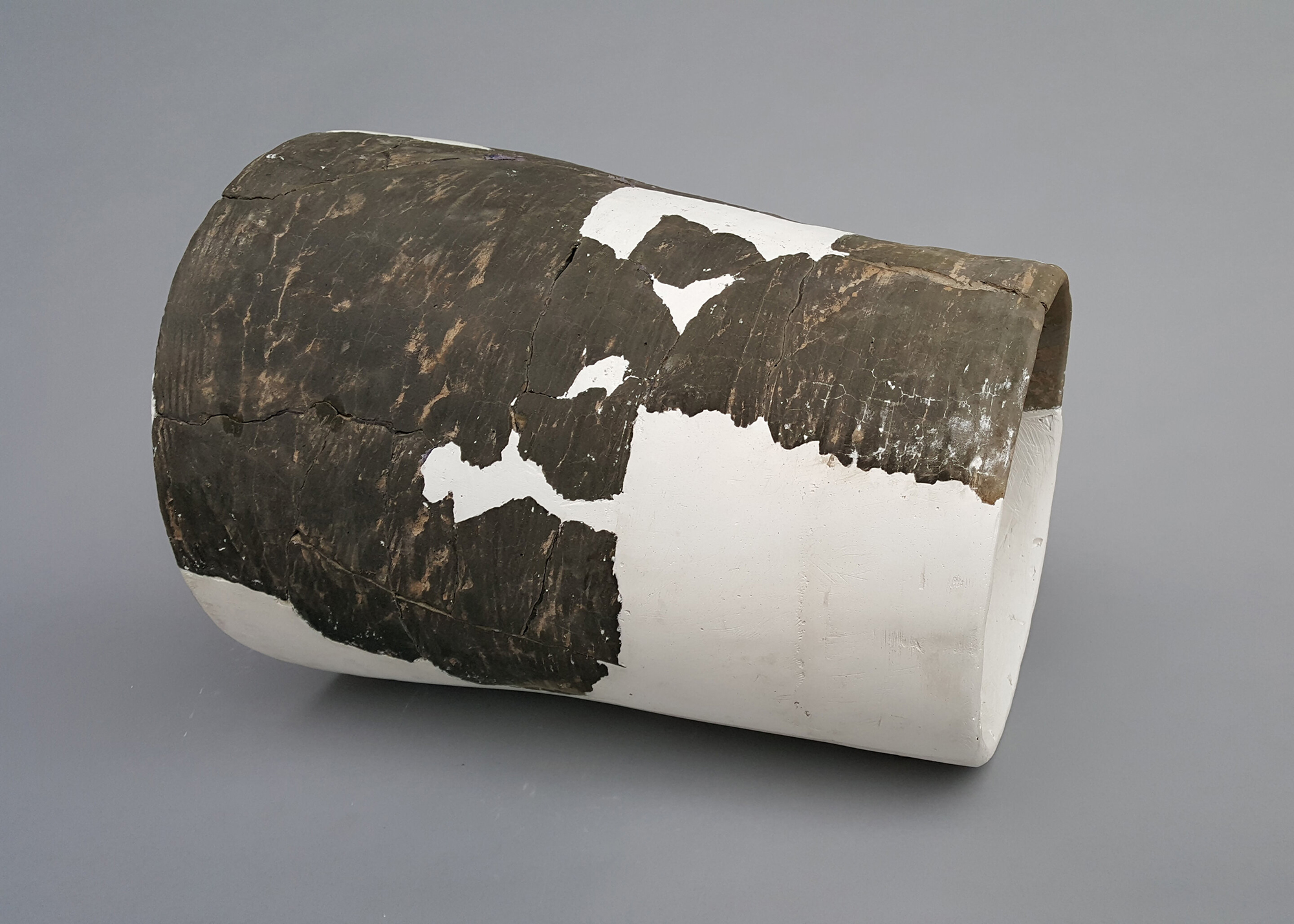
Ceramic pieces have a diameter between 20 and 30 cm and a length between 30 and 40 cm. At one end they are wider to fit and form long tubes. Once the pieces have been investigated, they have been deposited in the site, in its original location, where they will be best preserved. A few ceramic tubes have been rebuilt that have been deposited in various museums in China, such as the photo piece, in order to continue researching and showing it to the public.
Between 4,200 and 3,900 years ago, at a time of increasing flooding, the network of canyons and ceramic ditches for water transportation and drainage, the oldest in China, was able to build and maintain in collaboration and community work. The system required community-wide planning and coordination, but there were no centralized hierarchical structures in Pingliangtain. This shows that “the men of the Neolithic were able to perform complex engineering work without the need for central power, they did everything in a community way,” says archaeologist Yijie Zhuang.
In addition to the pipelines, experts have investigated the traces of the houses of Pingliangtai and have observed that all the houses were quite small and that there were no larger and more luxurious houses than the others highlighted.
In addition to the pipes, experts have investigated the traces of the houses of Pingliangtai and observed that all the houses were quite small and that there were no larger and more luxurious houses than among others. The cemetery has also been excavated, as the population hierarchy stands out in the objects that used to be buried along with the bodies in the graves, and no signs of social inequality have been found. The opposite is true in the fields of the same period. Both houses and tombs indicate that they were hierarchical communities. But these communities were not able to solve the problems posed by climate change.
Therefore, the Pingliangtai pipe shows that for the realization of complex engineering works a centralized power was not necessary. Moreover, a community without obvious imbalances had more capacity to address environmental challenges than a community with more “developed” command modes.
Toledo, 1272-1280. Alfontso X.a Gaztelakoak Ama Birjinari eskainitako 427 kanta monodiko bildu zituen. Santa Mariaren Kantigek Erdi Aroko musika eta literatura bildumarik garrantzitsuenetakoa osatzen dute, baina, kantiga miniaturaz apainduta daudenez, ilustrazio horiek beste... [+]
Teofanes Aitorlea kronikalariak jaso zuenez, 763-764ko negua inoizko hotzenetakoa izan zen Konstantinoplan. Elurrak eta izotza hartu omen zuten bizantziar hiriburua eta Bosforon iceberg bat ere ikusi omen zuten.
Orain arte klima hoztea, besteak beste, jarduera... [+]
York, England, 2nd century. Various structures and houses were built in the Roman city of Eboracum. Among others, they built a stone building in the present Wellington Row and placed an arch in the wall that crossed the Queen’s Hotel. Both deposits were excavated in the second... [+]
It has been considered that the wine drank by the ancient Romans was a poorly made wine, without body and with an unpleasant taste. But the work that researchers at the universities of Ghent and Warsaw have published in Antiquity has provoked the withdrawal of this belief.
The... [+]
Hastings (England), 1066. The army of the Duke of Normandy I of Gil conquered the troops of King Harold II and conquered the throne. Gil's conqueror I was king until 1087.
In this reign after the Norman conquest, the rebellion organized uprising, effective administration and the... [+]









